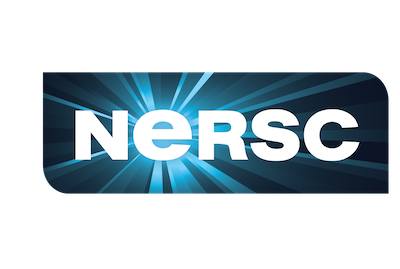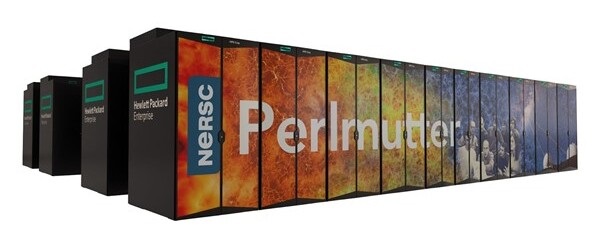 Last August, NERSC (the National Energy Research Scientific Computing Center) at Lawrence Berkeley National Laboratory announced its intent to commission “NERSC-10,” a next-generation supercomputer to be delivered “in the 2026 timeframe” for the U.S. Department of Energy Office of Science research community. The system will succeed Perlmutter, the 6,000 NVIDIA GPU-powered (with AMD CPUs), 4-exaFLOPS AI supercomputer from HPE-Cray. It was unveiled by NERSC in May 2021.
Last August, NERSC (the National Energy Research Scientific Computing Center) at Lawrence Berkeley National Laboratory announced its intent to commission “NERSC-10,” a next-generation supercomputer to be delivered “in the 2026 timeframe” for the U.S. Department of Energy Office of Science research community. The system will succeed Perlmutter, the 6,000 NVIDIA GPU-powered (with AMD CPUs), 4-exaFLOPS AI supercomputer from HPE-Cray. It was unveiled by NERSC in May 2021.
This week, NERSC released to would-be vendors what it expects of NERSC-10, noting on page seven of the 53-page draft requirements document that the system must deliver “at least a 10x workflow-SSI performance improvement over Perlmutter…”
Other expectations of NERSC-10 include that it be “the first HPC system to provide seamless performance across converged networks, accelerators, and storage components”; that it “feature world-leading AI capabilities and support the integration of simulations, AI, and data analysis, including the interactive exploration of very large models”; and that it “enable new compute, storage and software to be easily integrated into a comprehensive, extensible HPC system for science.”
NERSC said comments about the draft RFP should be sent to N10-Draft-RFP-Comments@lbl.gov no later than Monday, May 22.
 “A NERSC-10 system upgrade in the 2026 timeframe is essential to meet Office of Science goals and national initiatives, and to avoid creating a gap between SC programmatic needs and HPC capabilities,” NERSC said in its draft requirements document. “The gap goes beyond the well-documented and nearly insatiable demand for more computational cycles from traditional simulation and modeling workloads. The NERSC-10 system must also address the growing need for more dynamic and programmable systems to accommodate increasingly complex workflows that may require running many interdependent simulations and/or analysis tasks, moving vast amounts of complex data among storage hierarchies both within NERSC and externally, for providing interactive real-time feedback to experiments, and for integrating simulations with AI.”
“A NERSC-10 system upgrade in the 2026 timeframe is essential to meet Office of Science goals and national initiatives, and to avoid creating a gap between SC programmatic needs and HPC capabilities,” NERSC said in its draft requirements document. “The gap goes beyond the well-documented and nearly insatiable demand for more computational cycles from traditional simulation and modeling workloads. The NERSC-10 system must also address the growing need for more dynamic and programmable systems to accommodate increasingly complex workflows that may require running many interdependent simulations and/or analysis tasks, moving vast amounts of complex data among storage hierarchies both within NERSC and externally, for providing interactive real-time feedback to experiments, and for integrating simulations with AI.”




